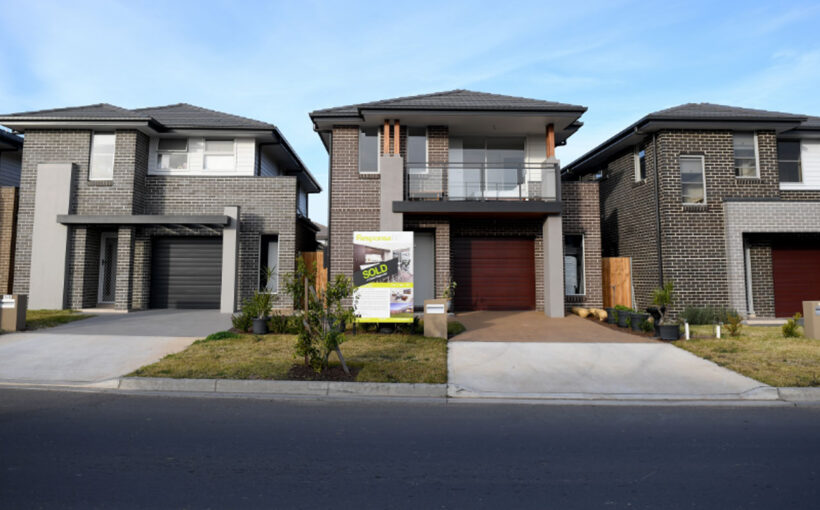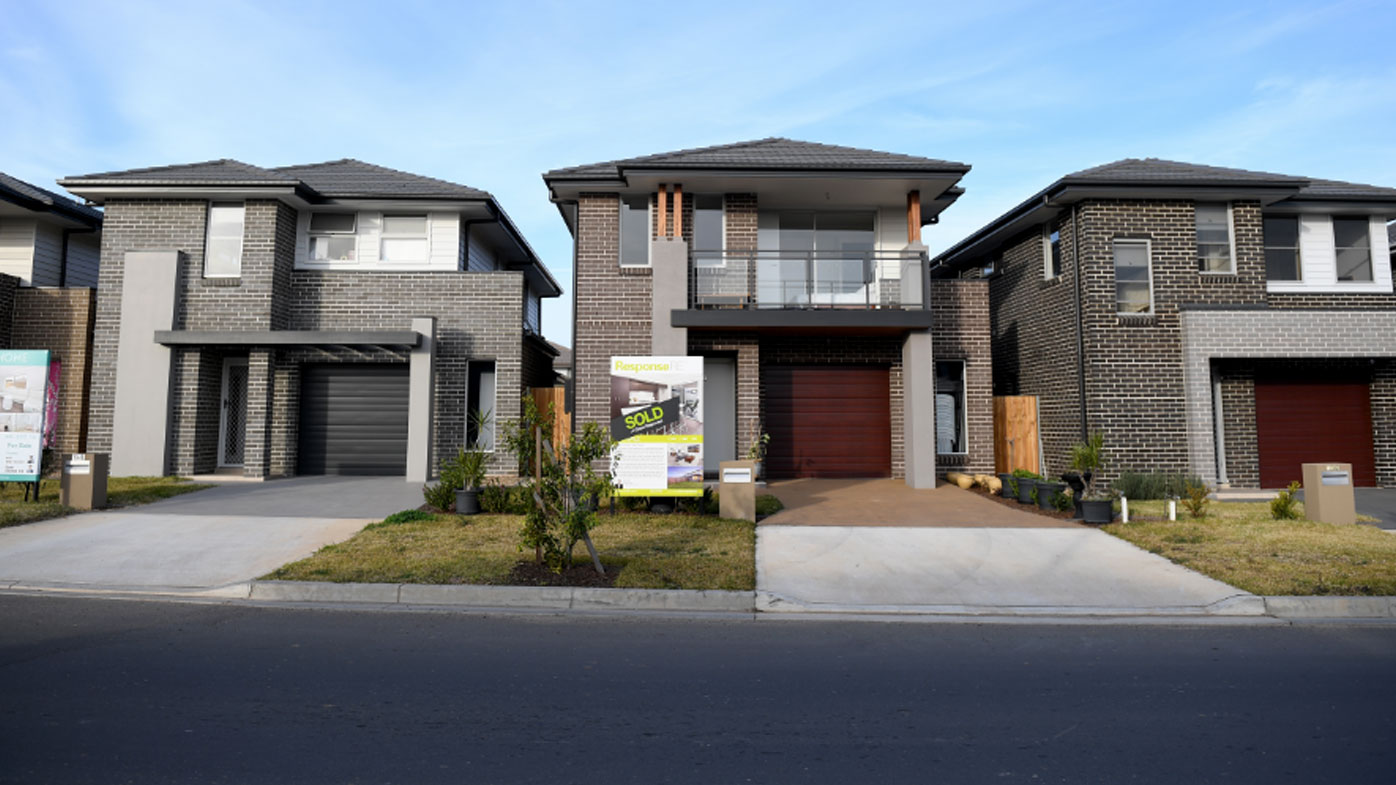Property prices in Australia have risen for the first time in 10 months, but supply shortages are set to continue the rental crisis.
New data from CoreLogic released today showed the median value of properties sold across Australia went up by 0.6 per cent in March.
But the property research company said the figure was not reflected in all states.
READ MORE: Sydney mayor says western suburbs are 'full' ahead of migrant influx
The price growth is being fuelled by the major capital cities, while smaller markets — such as Hobart and Darwin — remain in a downturn.
Sydney's average property price has returned to above $1,000,000. Tim Lawless, CoreLogic's research director, said a recovery in the high end of the market was largely responsible for the Sydney recovery in prices.
There were also price increases in Melbourne, Perth and Brisbane, of 0.6 per cent, 0.5 per cent and 0.1 per cent respectively.
Lawless said the national bounce back in prices was driven by a combination of low stock, a very tight rental market and demand from permanent overseas migrants.
Meanwhile, a separate report has predicted Australia will be short of more than 100,000 homes over the next five years, The Sydney Morning Herald report.
The National Housing Finance and Investment Corporation (NHFIC) forecasts Brisbane alone will have a shortage 12,300 dwellings within five years while Sydney will lack about 10,000 homes.
READ MORE: Queensland to limit rent increases under housing policy overhaul
Australia is already experiencing severe housing pressures, with rental vacancy rates in every capital at or below 1 per cent.
The construction sector has also been beset by spikes in costs, delays and poor weather that impacted building schedules.
Research by NHFIC predicts 1.8 million new households over the next decade, but only 148,500 new dwellings will be added to the national housing stock this financial year.
That figure will drop to 127,500 in 2024-25.
The largest decrease will be in apartments and multi-density dwellings, the NHFIC said.
Sign up here to receive our daily newsletters and breaking news alerts, sent straight to your inbox.




